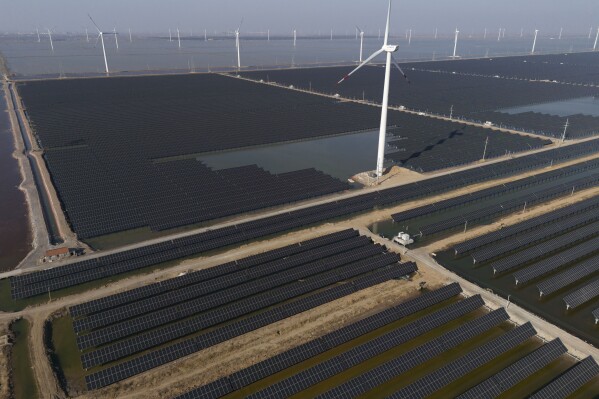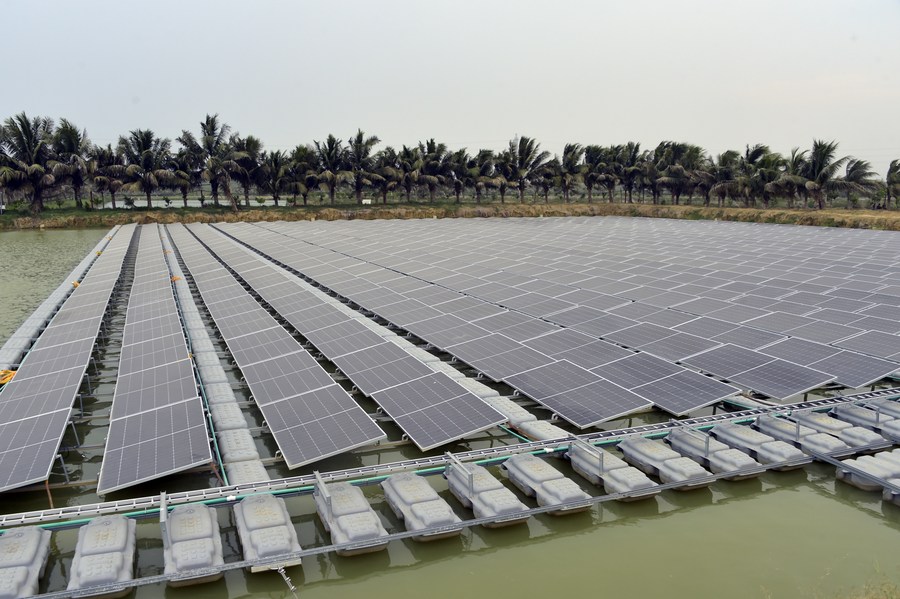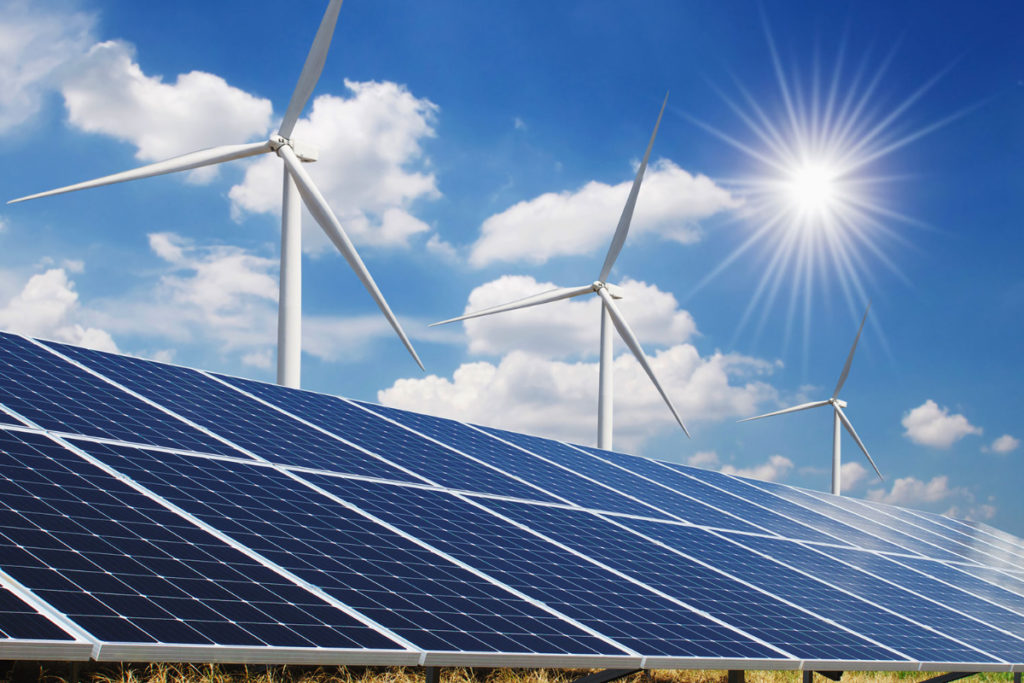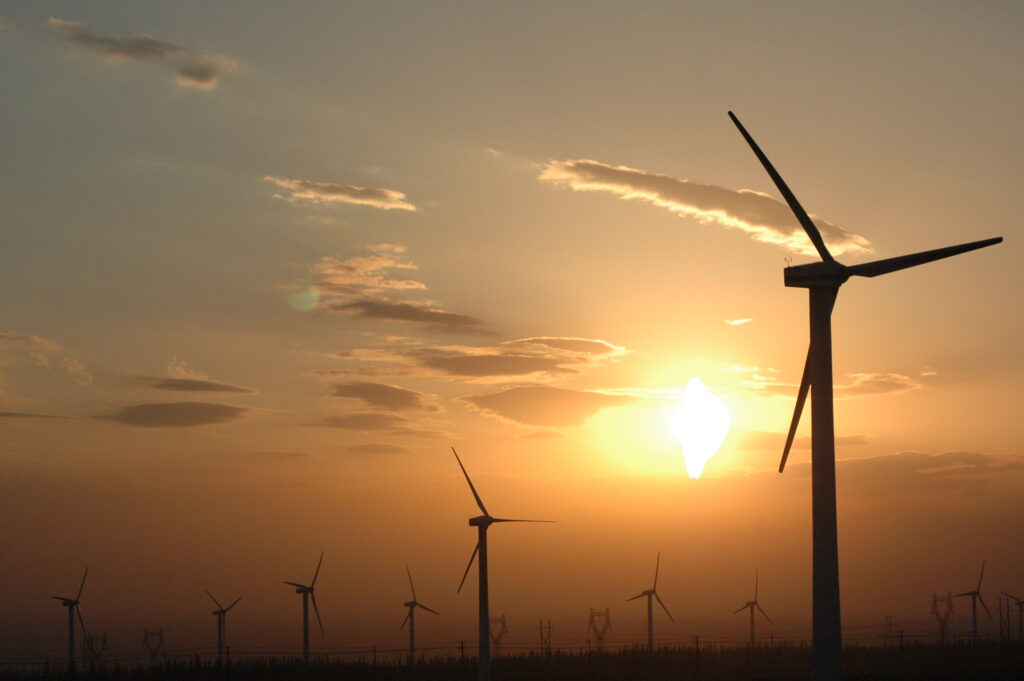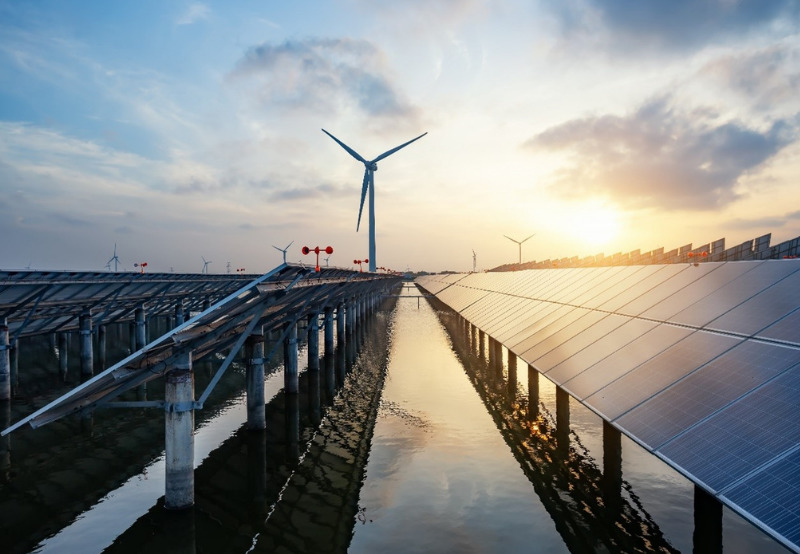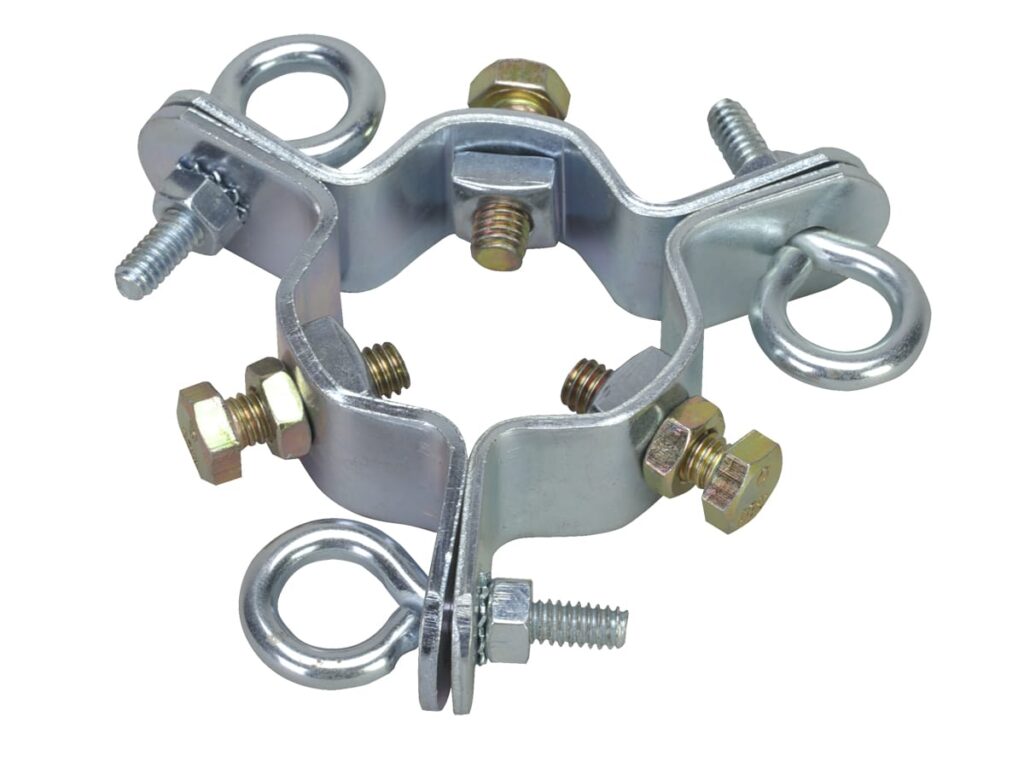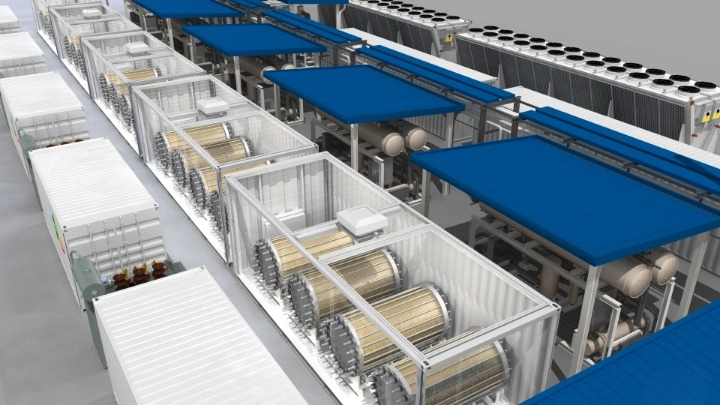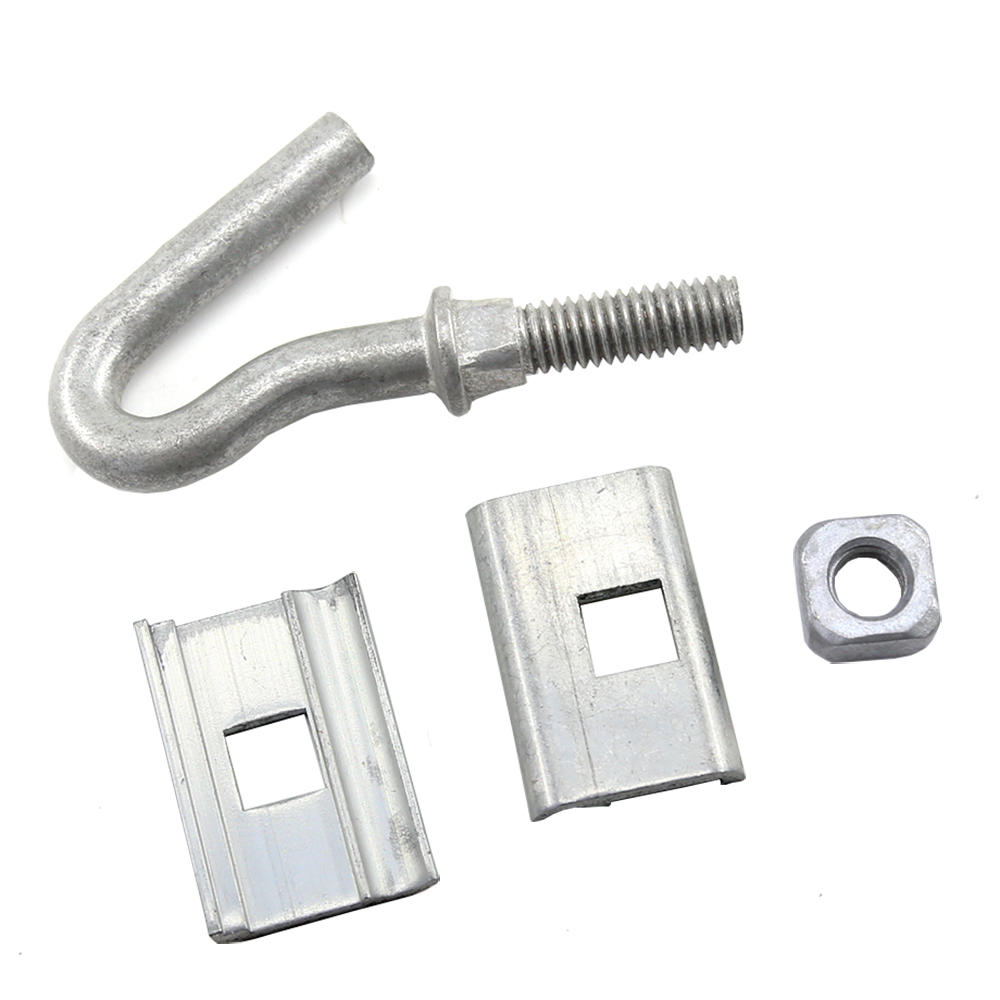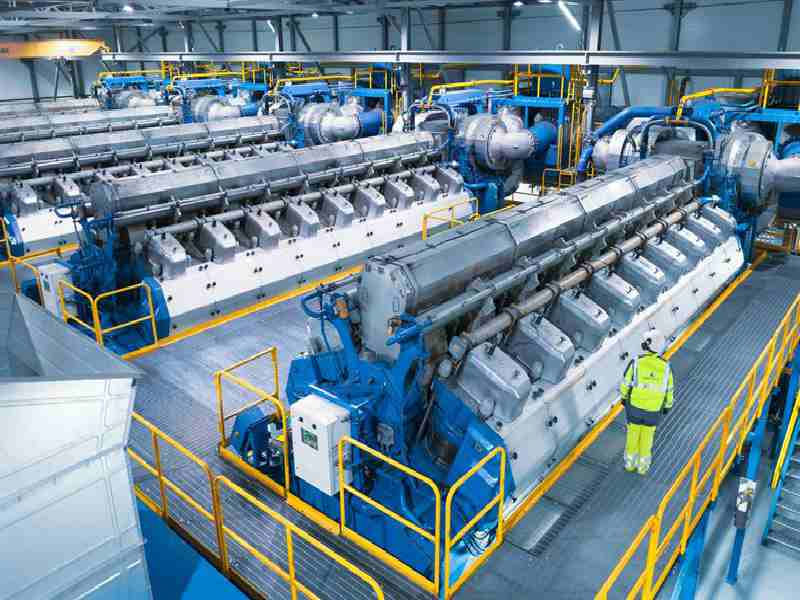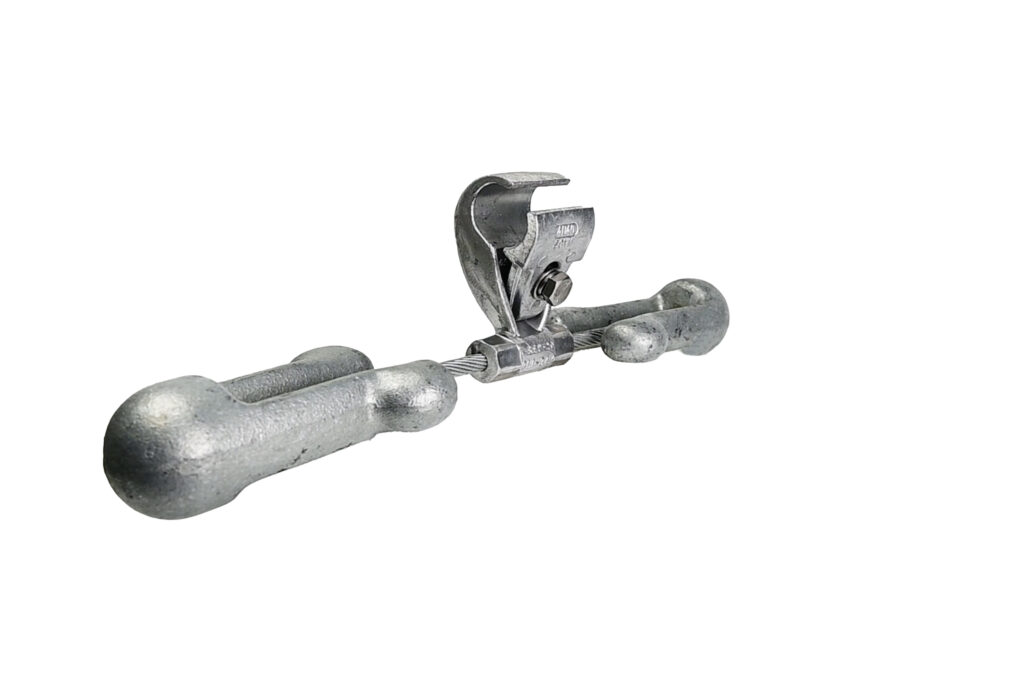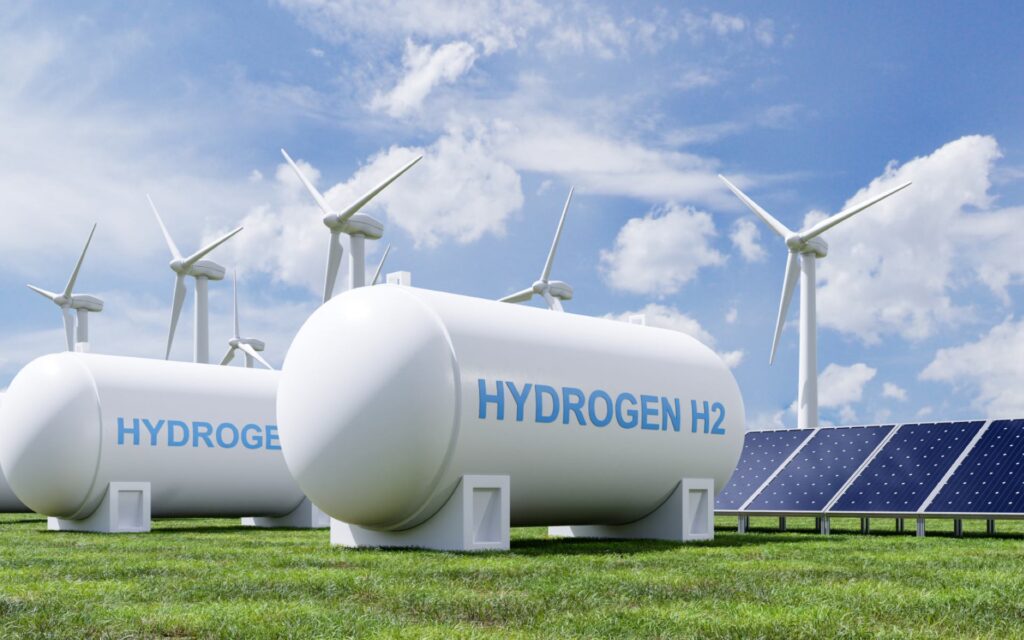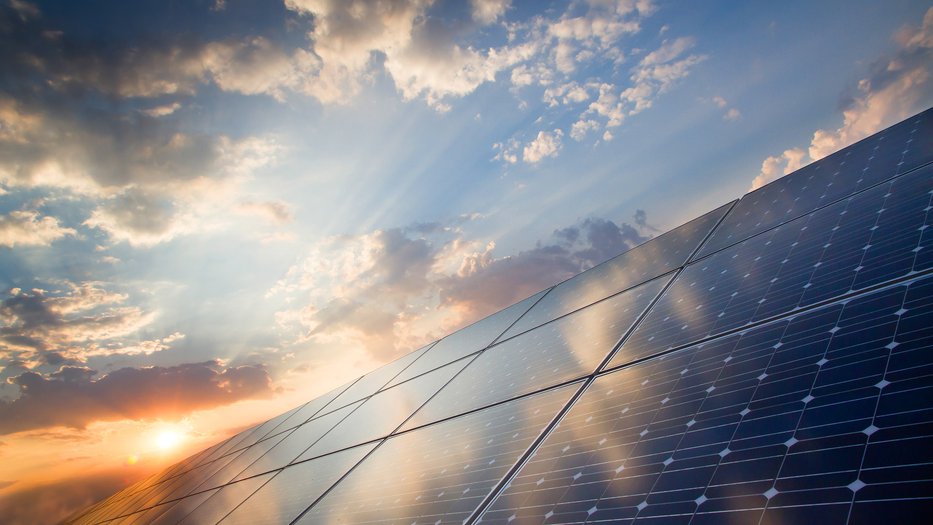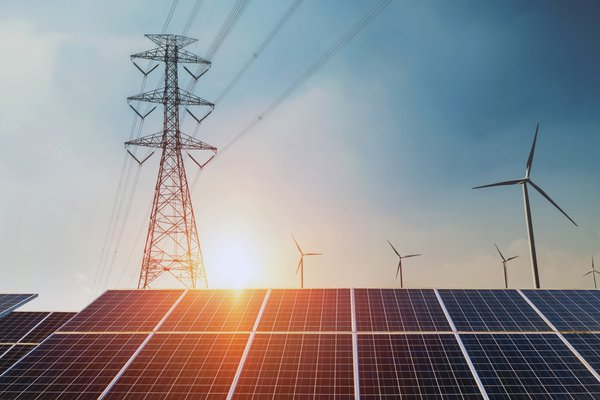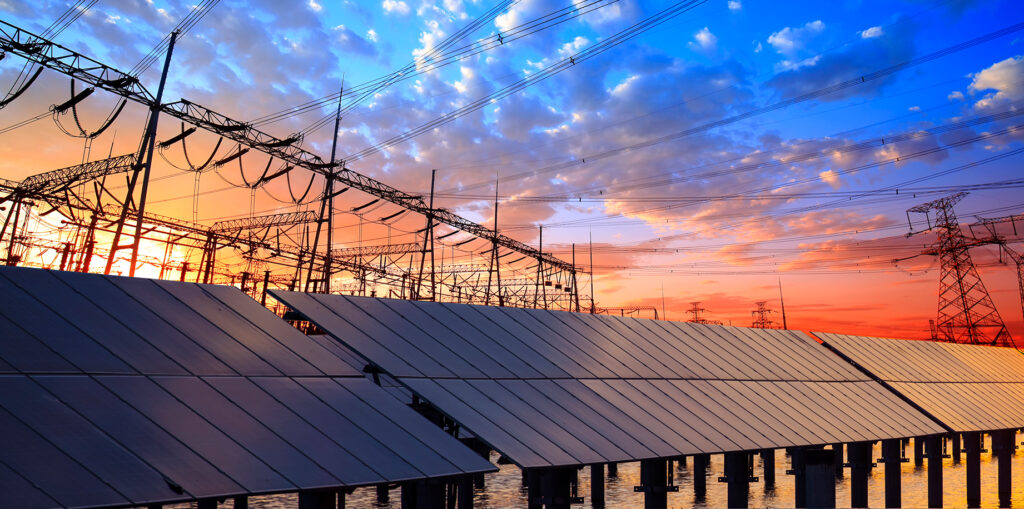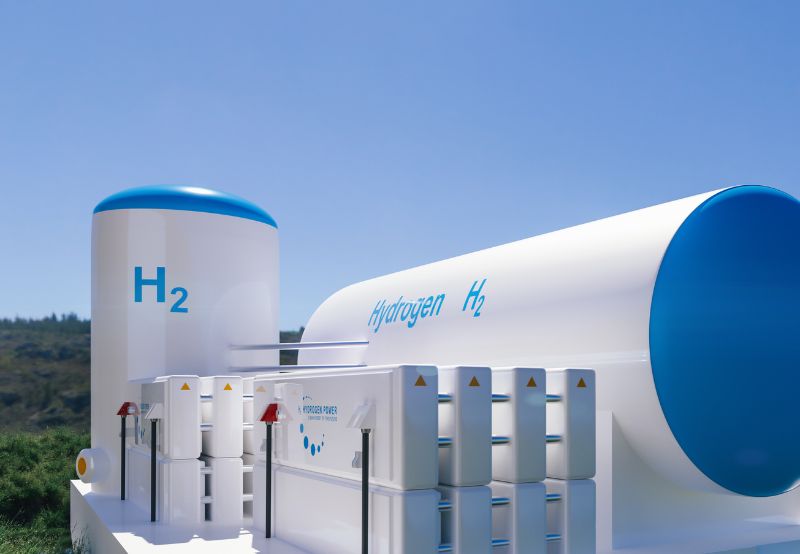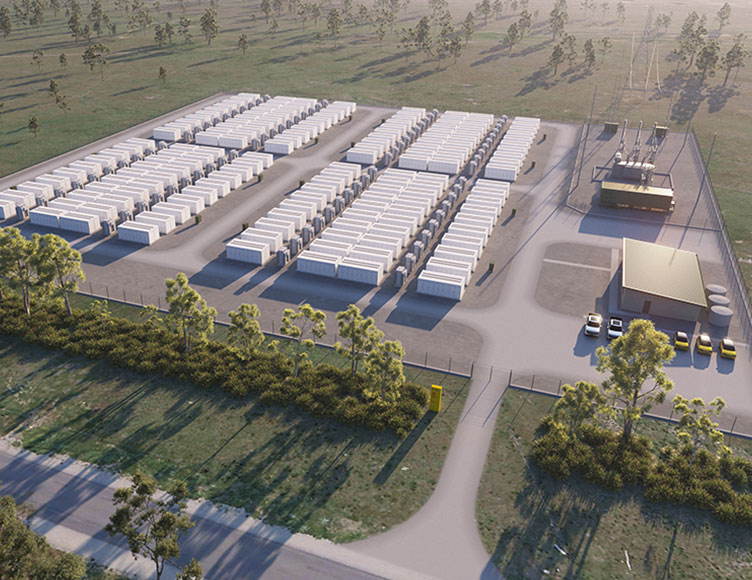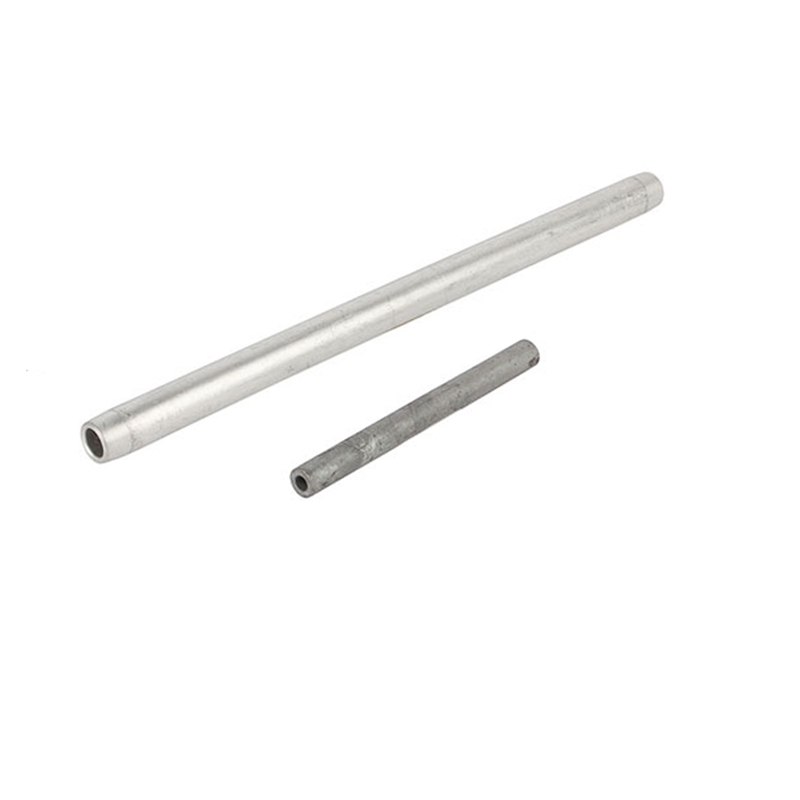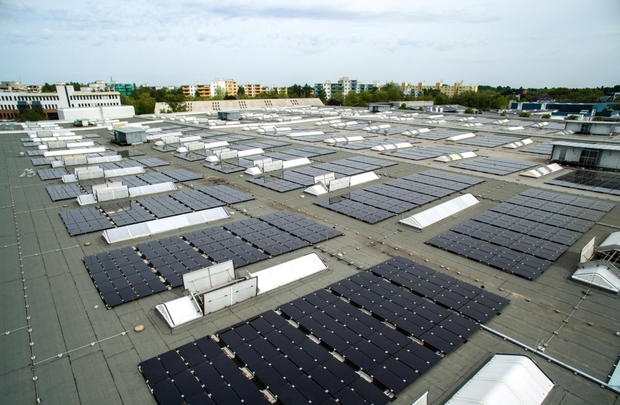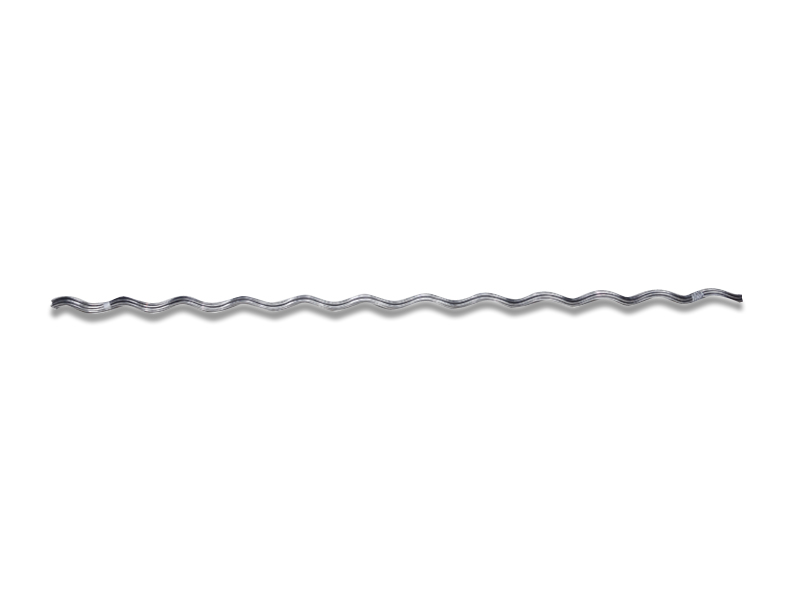
Argentina’s extensive natural resources have contributed to the expansion of its renewable energy potential as part of the worldwide clean energy transition. The country has plenty of wind, solar, hydro, and biofuel resources to suit its energy needs. Argentina’s renewable energy sector has achieved great progress thanks to the RenovAr initiative. The country has attracted investment and accelerated project development. Patagonia and the northwestern provinces have high wind and solar radiation levels. Argentina has integrated into the South American energy market, allowing it to export surplus electricity to Brazil, Chile, and Uruguay. This improves regional transmission infrastructure, allowing Argentina to supply renewable energy to energy-intensive economies. This might establish Argentina as a regional clean energy leader as well as a global source of green hydrogen and electricity. Compression splices provide efficient, dependable, and scalable grid connections for wind, solar, and transmission applications.
Compression splices help to reduce grid bottlenecks, downtime, and expenses, hence contributing to the 20% renewable energy aim. The splices connect high-voltage conductors in long-distance transmission lines to reduce resistance and power loss. They also guarantee waterproof, corrosion-resistant couplings in aerial lines and subterranean wires. This is critical for coastal wind farms to avoid degradation. Compression splices are essential in DC collector lines and AC grid feeders. This is critical for a speedier installation and shorter project timelines. For example, they allow for the upgrade of 132 kV lines to handle RenovAr project injectors.
The roles of compression splices in increasing renewable energy in Argentina
With Argentina’s growing renewable energy generation, compression splices ensure dependable, efficient, and long-lasting electrical transmission lines. Compression splices connect electrical wires to transmission cables. They promote renewable energy development by increasing grid dependability, efficiency, and cost-effectiveness. The splices are used in high-voltage transmission lines, wind farms, and solar power plants to ensure strong and reliable electrical connections. Compression splices provide the following functions in expanding renewable energy capacity.
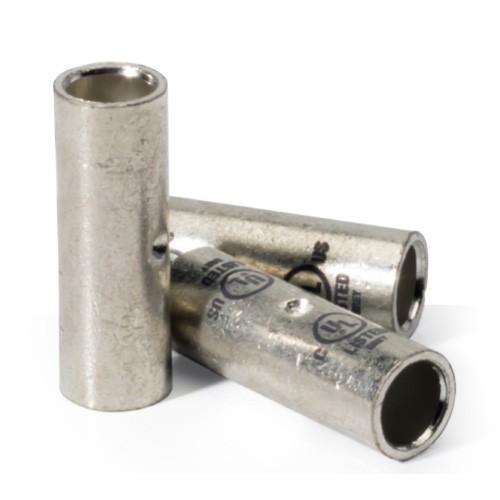
- Enhancing transmission infrastructure—the splices reduce power losses and improve transmission efficiency. They ensure that energy generated from renewables reaches urban centers.
- Increasing grid reliability—compression splices create a low-resistance electrical path to reduce line losses and voltage drops. This is crucial for integrating intermittent energy sources like wind and solar.
- Easing wind and solar farm construction—the splices allow for faster and more secure electrical connections in renewable plants. They also reduce maintenance needs due to their strong mechanical connection.
- Supporting grid modernization and expansion—compression splices make it easier to extend and upgrade existing transmission lines. They help integrate new renewable projects without the need for complete infrastructure. They serve in substations, power lines, and distribution networks to improve energy transmission efficiency.
Renewable energy’s impact on Argentina’s energy future
Renewable energy expansion is changing the country’s energy future with substantial wind, solar, hydro, and bioenergy resources. Argentina has the potential to become the region’s clean energy leader. This is all while reducing reliance on fossil fuels, increasing energy security, and promoting economic growth. Argentina can become a regional leader in sustainable energy by improving its grid, investing in energy storage and hydrogen technology, and utilizing renewable resources. Here are the roles that renewable energy will play in shaping Argentina’s energy future.
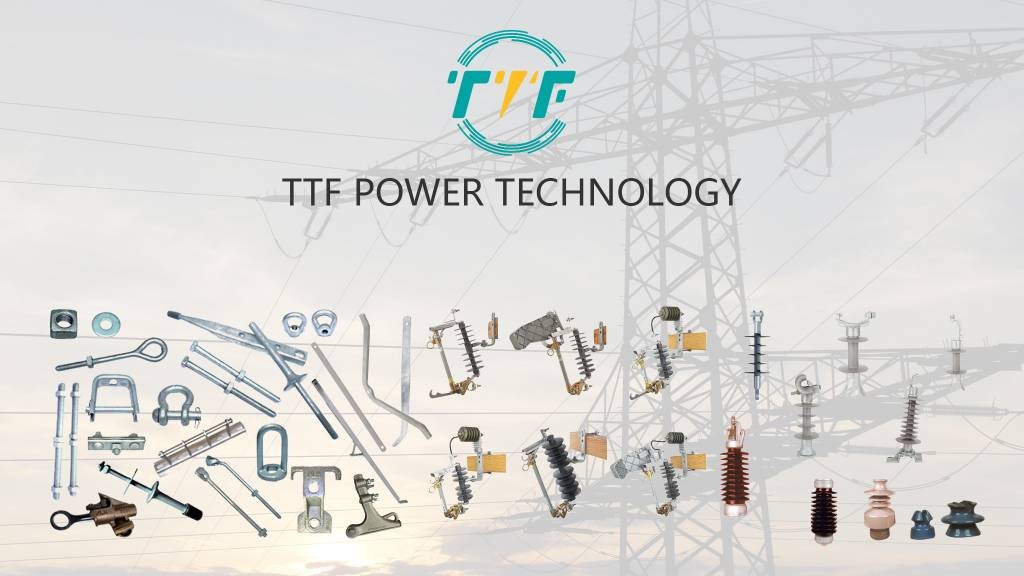
- Reducing dependence on fossil fuels—expanding wind and solar energy reduces reliance on fossil fuels. Also, the government aims for renewables to supply 20% of electricity by 2025.
- Energy security and grid stability—investments in grid modernization and energy storage solutions help integrate intermittent renewables like wind and solar. Diversifying energy sources with renewables reduces Argentina’s vulnerability to fossil fuel price fluctuations.
- Economic growth and job creation—the renewable energy sector creates jobs in construction, manufacturing, engineering, and maintenance. The country is attracting foreign investment in renewables like wind, solar, and hydrogen production.
- Reducing emissions—transitioning to renewables helps meet the Paris Agreement targets and reduce greenhouse gas emissions.
Implications of infrastructure and grid constraints for Argentina’s energy expansion
Argentina has world-class wind and solar resources that need reliable infrastructure and grid stability. However, its grid infrastructure is antiquated and inadequate, limiting energy expansion. Transmission constraints, regulatory impediments, and technical limits impede growth development. To meet a sustainable energy future, Argentina should plan transmission expansions, put in place grid upgrading measures, and recruit private transmission investors.

